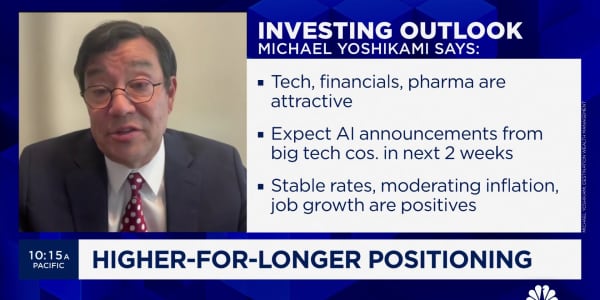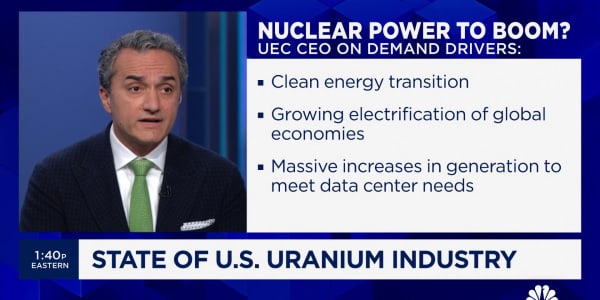Here’s another way Rep. (R-Wis.) is just like a lot of his fellow Americans: he trades way too much. (Here's Jim Cramer's take on Romney-Ryan.)
UC Berkeley economist Brad Delong has put up a timeline of Ryan’s 2008 trades in bank stocks. This has been getting attention from unfounded accusations that Ryan may have used information he learned by virtue of his position in Congress to inform his trades. (Slate columnist Matt Yglesias linked to and then retracted a post accusing Ryan of insider trading.)
The most striking thing is that Ryan trades so often. He bought and sold bank stocks on 14 different days in 2008, sometimes selling a stock one month only to buy it back the next. (See: )
If Ryan had seemed to be timing the market particularly well, it then might be fair to suspect that he was employing some kind of edge to derive abnormal returns. But as far as I can tell, that doesn’t seem to be the case at all. In fact, he seems pretty poor at market-timing.
Let’s roll the tape.
Ryan sold Wells Fargo stock on Jan. 14, 2008. The stock declined 6 percent that day, so if Ryan sold at the open he may not have done too badly. But based on the vast majority of buy/sell patterns, that’s probably unlikely. If I had to bet, I’d say he probably sold after the decline. In which case, he missed the rally that erased half the loss on January 15.
What’s more, he held onto his shares in Citigroup. When he finally unloaded part of his Citi position, on January 22, the stock was down 16 percent during that one-week interval. He also sold JPMorgan Chase, which had declined about 3 percent for the year.
That same day he bought Goldman Sachs, which had seen an 8 percent decline for the year. This was the opposite of good market timing. Over the next month, Goldman fell by nearly 7 percent.
Meanwhile, the other stocks rose. Citi rose by around 3 percent. JPMorgan was up around 7 percent. And Wells Fargo climbed 16 percent.
So after that disastrous start to the year, Ryan changes his strategy and sells some Goldman and goes long Citi on February 22. What happens next? Yep. Citi crashes, falling by as much as 25 percent following the Bear Stearns calamity. A post-rescue rally brings it back up, so that by the time Ryan trades again in April, it’s down just 8 percent or so. Goldman winds up that month basically flat.
By the time March rolled around, it seems that Ryan must have felt that he was coming due for some trading success. He decides that this time he’s going to sell some Citi. Over the course of the next month, Citi rallies by more than 10 percent.
What are the odds that the market can move against him when he trades in April?
On April 24, Ryan buys Citi. Boom. Citi declines 16 percent before Ryan decides to trade again in June.
For some reason, he took the month of May off. Perhaps he just got confused about the market adage and decided to “stay away in May.” Had he kept to his usual pattern of alternating between buying and selling Citi, he could have sold in May and halved his losses in this stock. But this is Ryan’s portfolio, which means, apparently, that every trade in a bank stock has to be bad—even ones that he doesn’t make.
That’s probably a deep enough dive into Ryan’s trading. Seems pretty clear that we’re not talking about a guy trading on a lot of super-sensitive secret government information about the health of banks.
By CNBC.com senior editor John Carney
Follow John on Twitter. (Market and financial news, adventures in New York City, plus whatever is on his mind.) You can email him at john.carney@nbcuni.com.
We also have two NetNet Twitter feeds. Follow CNBCnetnet for the best of the days posts, including breaking news. Follow NetNetDigest for a feed of every single post each day.
You can also be our friend on Facebook. Or subscribe to John's Facebook page.
We're on Google Plus too! Click here for John's Google+ page.
Questions? Comments? Tips? Email us ator send a text message to: 917-740-8477.
Call us at 201-735-4638.






